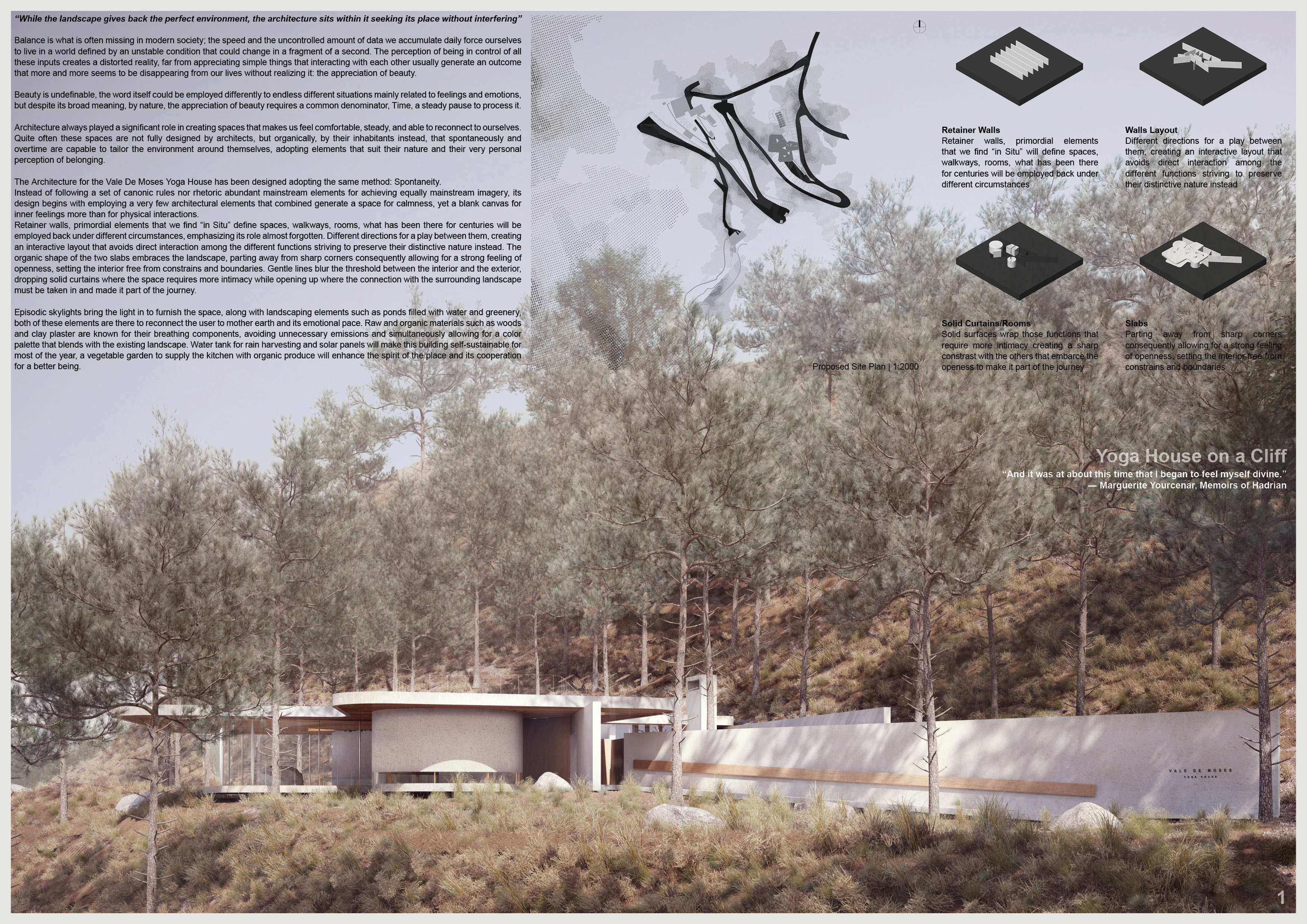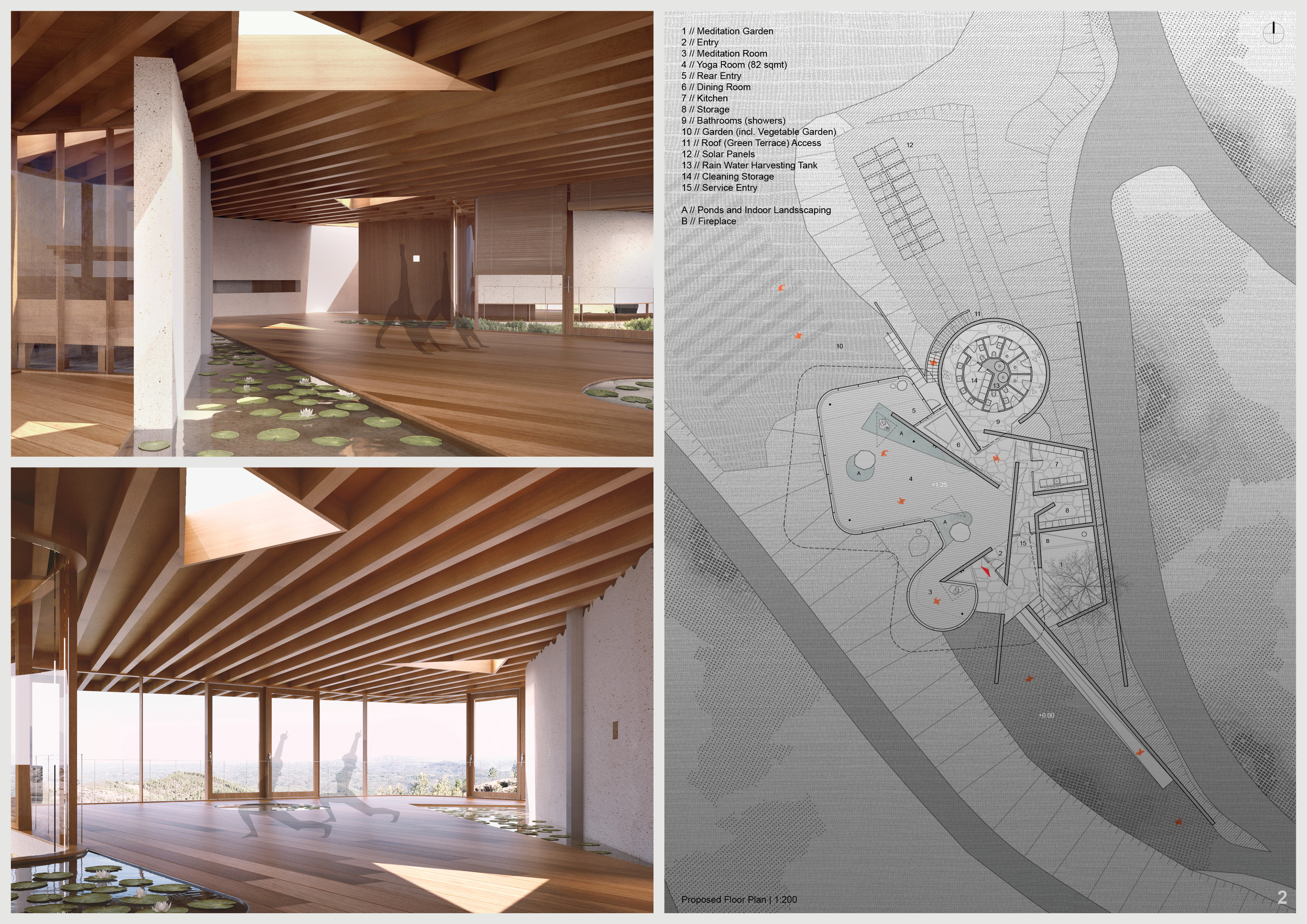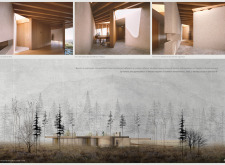5 key facts about this project
The architecture of this project embodies the ideals of biophilic design—a philosophy that seeks to connect people with the natural environment. This is evident in the careful consideration of landscaping and green spaces, where the integration of natural elements into the façade and surrounding areas promotes environmental sustainability and contributes to the well-being of the inhabitants. The building serves multiple functions, intended to accommodate both residential and communal activities, reinforcing the notion that architecture can be both practical and enriching.
In examining the important components of the project, the façade emerges as a notable highlight. The use of low-emissivity (Low-E) glass panels allows for abundant natural light in the interiors while effectively regulating heat transfer, contributing to energy efficiency. This transparency fosters a visual dialogue between inside and outside, enabling occupants to appreciate their surroundings while maintaining comfort. The natural stone cladding complements the modern glasswork, providing a warmth and texture that create a visual anchor for the building, simultaneously embracing its urban environment and offering a sense of permanence.
The roof design is another critical element, featuring a green roofing system that not only serves aesthetic purposes but also emphasizes ecological sustainability. Composed of native plant species, the roof mitigates urban heat, fosters biodiversity, and contributes to rainwater management. This aspect demonstrates a mindful approach toward sustainability and showcases how architecture can adapt to benefit the environment.
The interior layout is carefully considered, promoting an open-concept design that facilitates flexibility in use. Reclaimed wood flooring and exposed steel beams establish a straightforward yet inviting atmosphere, balancing modern industrial aesthetics with warmth. The placement of windows and openings aims to maximize cross-ventilation and natural light, enhancing the internal climate and promoting energy efficiency. The intention behind these design choices is to create spaces that can adapt over time to meet the evolving needs of their occupants.
Outdoor terraces and balconies extend the living spaces, creating opportunities for social interaction and engagement with nature. These areas, enhanced by green walls and planters, encourage biodiversity and improve air quality. The design reflects a commitment not only to sustainable practices but also to fostering community bonds, inviting residents and visitors to participate in the shared experience of the space.
What sets this project apart are its unique design approaches, particularly its integration of natural systems within an urban framework. By prioritizing ecological sustainability and community use, the architecture transcends mere functionality, embodying a holistic approach that acknowledges the intricate relationship between human habitats and the environment. The resulting atmosphere is one of tranquility and connectivity, where individuals can feel a sense of belonging within their urban space.
For a more in-depth exploration of the project, including architectural plans, sections, and detailed design features, readers are encouraged to review the project presentation. This will provide a comprehensive view of the architectural ideas and innovations that underpin this compelling design, offering insights into how modern architecture can address contemporary challenges while retaining a sense of place and purpose.


























